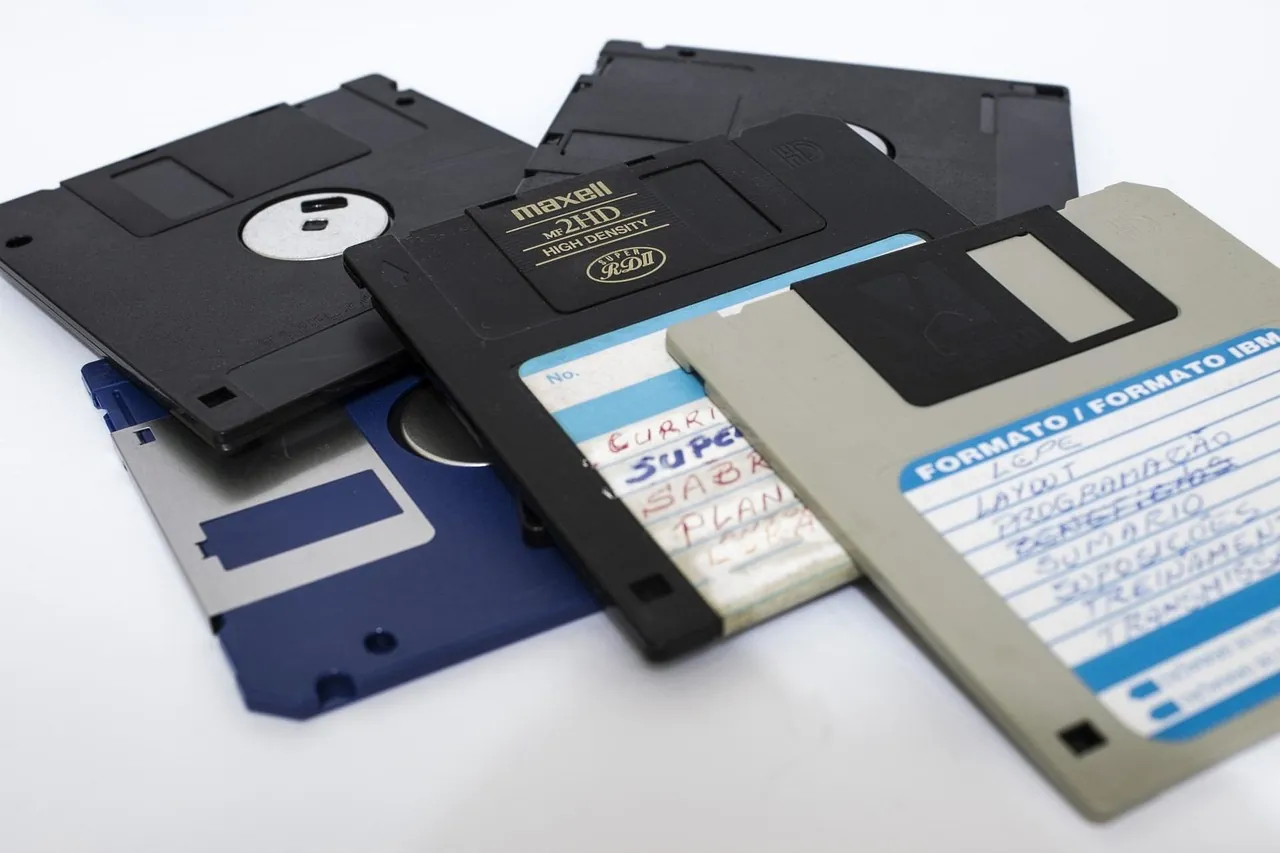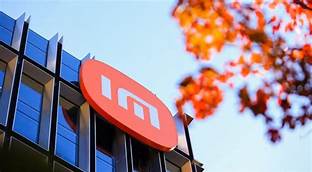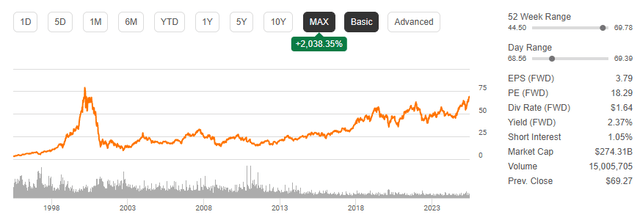Aging Tech in Home Healthcare: Why Upgrades Are Crucial for Patient Safety and Quality of Care

The home healthcare industry has undergone a remarkable transformation thanks to technological advancements. From remote monitoring devices to telehealth platforms, technology has undoubtedly improved patient care, increased efficiency, and expanded access to vital services. However, a concerning trend is emerging: the widespread use of outdated technology within home care settings. This reliance on legacy systems poses significant risks to patients, caregivers, and the overall quality of care.
The Risks of Outdated Technology
Outdated technology isn't just inconvenient; it can be downright dangerous. Here's a breakdown of the key risks:
- Security Vulnerabilities: Older systems often lack the robust security protocols necessary to protect sensitive patient data. This makes them vulnerable to cyberattacks and data breaches, compromising patient privacy and potentially leading to identity theft.
- Lack of Interoperability: Legacy systems frequently don’t integrate well with newer technologies or electronic health records (EHRs). This lack of interoperability creates data silos, hindering communication between caregivers, specialists, and hospitals, and potentially leading to medical errors.
- Limited Functionality: Outdated devices and software often lack essential features found in modern solutions, such as real-time data analytics, remote troubleshooting capabilities, and user-friendly interfaces. This limits caregiver efficiency and the ability to provide proactive care.
- Maintenance and Support Challenges: Finding replacement parts and technical support for obsolete equipment can be difficult and expensive. This can lead to downtime and disruptions in care.
- Inaccurate Data & Missed Alerts: Older monitoring devices may be less reliable, leading to inaccurate data and missed critical alerts. This can delay interventions and negatively impact patient outcomes.
The Urgent Need for Upgrades
Upgrading home healthcare technology is no longer an option—it's a necessity. Modern technology offers a wealth of benefits:
- Enhanced Patient Safety: Advanced monitoring devices with improved accuracy and real-time alerts can help prevent falls, detect early signs of deterioration, and ensure prompt interventions.
- Improved Care Coordination: Integrated EHRs and telehealth platforms facilitate seamless communication and collaboration between caregivers, specialists, and family members, leading to better care coordination.
- Increased Efficiency: Automated workflows, remote monitoring, and streamlined documentation processes free up caregivers' time, allowing them to focus on direct patient care.
- Reduced Costs: While upfront investment is required, modern technology can ultimately reduce costs by preventing hospital readmissions, optimizing resource allocation, and improving caregiver productivity.
- Better Patient Engagement: User-friendly interfaces and remote monitoring tools empower patients to take a more active role in their own care, leading to improved adherence and outcomes.
Investing in the Future of Home Healthcare
The transition to modern technology requires careful planning and investment. Home healthcare agencies should prioritize:
- Needs Assessment: Conduct a thorough assessment of current technology infrastructure and identify areas for improvement.
- Strategic Planning: Develop a roadmap for technology upgrades, including timelines, budgets, and training plans.
- Vendor Selection: Choose vendors with a proven track record of providing reliable, secure, and interoperable solutions.
- Training & Support: Provide caregivers with comprehensive training on new technologies and ongoing technical support.
- Data Security: Implement robust security measures to protect patient data and comply with relevant regulations.
Ultimately, embracing technology upgrades is an investment in the future of home healthcare – a future where patients receive safer, more efficient, and higher quality care in the comfort of their own homes. Ignoring the risks of outdated technology is a gamble no healthcare provider can afford to take.






